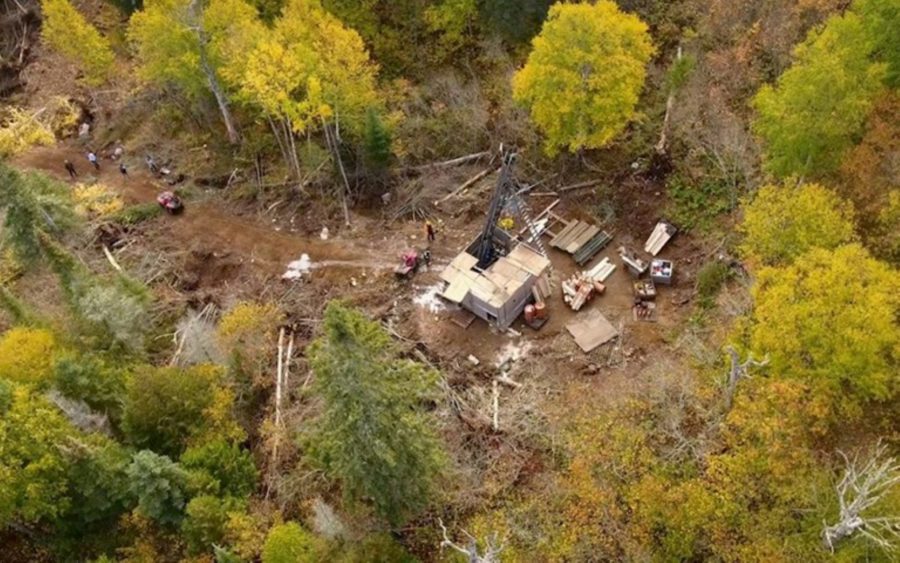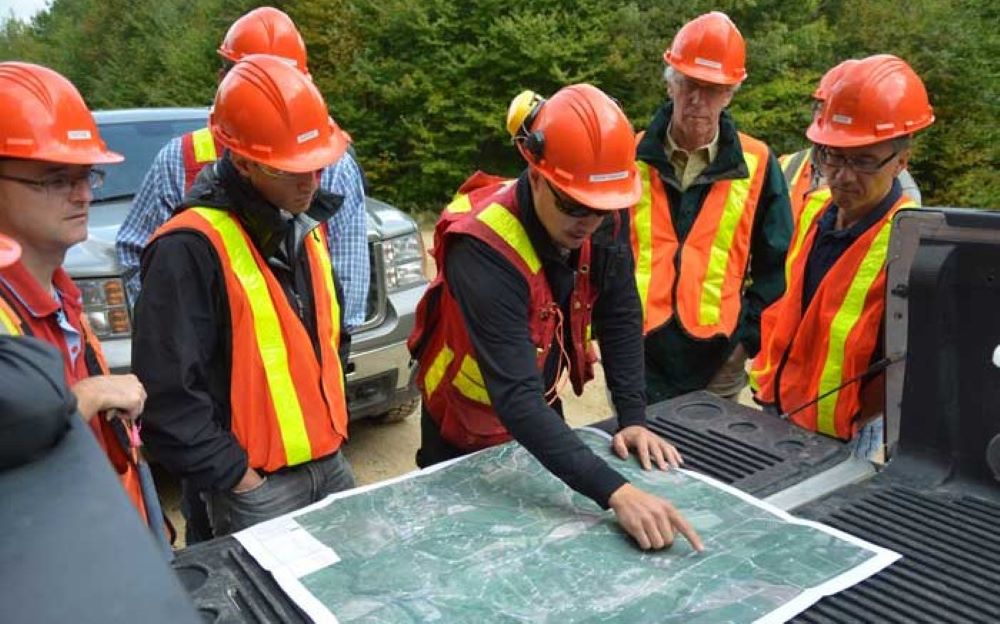Why digital transformation needs to be at the heart of any mining rebrand strategy
It’s estimated that over the next decade, Canada’s mining and metals industry will require around 100,000 new hires to account for both an increase in retirees and natural employee turnover. While an aging workforce continues to be the dominant player in driving the talent agenda, there are a number of other contributing forces. For one, the global talent shortage, compounded by the effects of Covid-19 — coupled with more flexible and disperse working options, are resulting in a competitive market for job seekers. Then, there’s the historical negative brand perception attached to the sector, which often turns prospects elsewhere. And, on top of it all, the typical norms, such as pay raises or added benefits, that once captured the workforce’s attention are now starting to falter. Bigger change is needed to develop creative attraction and retention strategies that will secure the next generation of talent.
To sum it up in one word: rebrand. While rebranding isn’t a new concept to the industry, it must become a priority. We’re already seeing some interesting approaches to achieve this, including bringing teachers or families to mine sites to meet employees and build awareness of the diverse possibilities offered by a mining career. But there needs to be more to strike the right long-term balance between digital, people and culture.
Invest in digital transformation
Technology and automation can help reduce dependence on labour, but it is also a critical component in attracting next generation talent. These individuals are demanding and expecting a digitally enabled workforce that provides efficiency, convenience and the tools needed to be more strategic. Companies will need to make investments in creating a workplace where people are motivated and supported with the appropriate technology to deliver meaningful work.
Something as simple as implementing scheduling software, can allow employees to view schedules where and whenever they want, co-ordinate shifts or manage overtime. On the other hand, holistic end-to-end HR technologies can help move away from legacy installs that often support manual tasks like payroll or rostering while utilizing employees for differentiated tasks.
Transforming processes and tools will provide the opportunity for greater efficiency and productivity — two critical aspects that the new generation of workers is looking for. Boosting up the back end to deliver more automation will bring in more talent and also optimize communication and build trust.
Develop future skills for digital transformation
As investments in digital grow, skill requirements shift and talent becomes difficult to find, miners must focus on redesigning and reviewing the critical skills and education requirements needed for each job role — and how to fill them. Whether in-house or externally, there are three primary actions companies can explore to develop the future skills for transformation:
Work with universities and the education sector to analyze which skills are needed and determine the best way to upskill or reskill the existing workforce.
In parallel, collaborate to develop courses that can fast-track both in-house learning and training for those new to the sector.
Review recruiting structures to ensure the organization is bringing in different people and skills from other sectors to help disrupt traditional thinking and drive innovation.
Beyond digital, the climate change agenda is also creating a long list of new technologies to support the mine of the future. Implementations such as electrification, battery vehicles or underground communication infrastructure will require a new skill set — and mindset — to support and drive the organization’s energy transition forward. It’s time to take stock of these future skills and prepare the workforce appropriately.
Build career paths and a culture of lifelong learning
The mining and metals sector hasn’t always been at the forefront of innovation when it comes to leadership and development programs — and it’s starting to show. Before the Covid-19 pandemic made virtual learning commonplace, the days of exclusively instructor-led learning in a classroom setting were slowly beginning to wane. There is now a great opportunity to refresh how learning, development and mentoring are provided, given that many subjects and skills can effectively be taught through hands-on experiential learning. With technologies such as augmented reality and equipment simulation becoming more prevalent in classrooms, the opportunity to blend interactive, tech-enabled and experiential methods of workplace education has never been greater.
Putting a greater focus on the talent agenda and lateral pathway development will not only help to close the gap in critical skills, but also improve retention. Employees want to work for an organization that invests in their future and shows potential for differentiated and exciting career progression.
Digital transformation shouldn’t only be seen as a vehicle to drive productivity, but as a tool to build more attractive, collaborative and engaging workplaces that empower employees and lead to long-term retention.
PAUL TUCKER is a partner with the People Advisory Services practice at EY Canada, based in Toronto. DON DUVAL is the CEO at NORCAT. Learn more about how EY and NORCAT are collaborating through the Americas Centre of Excellence.





Comments